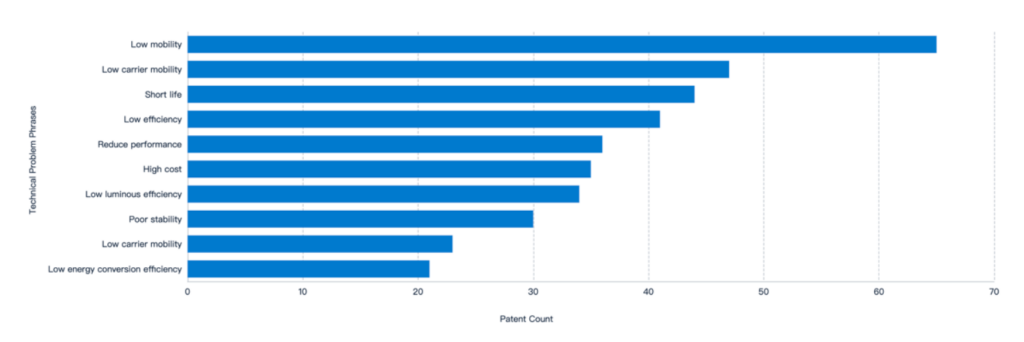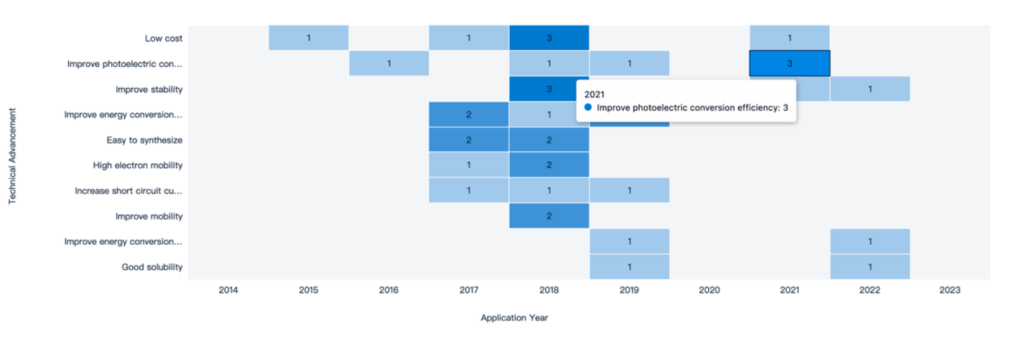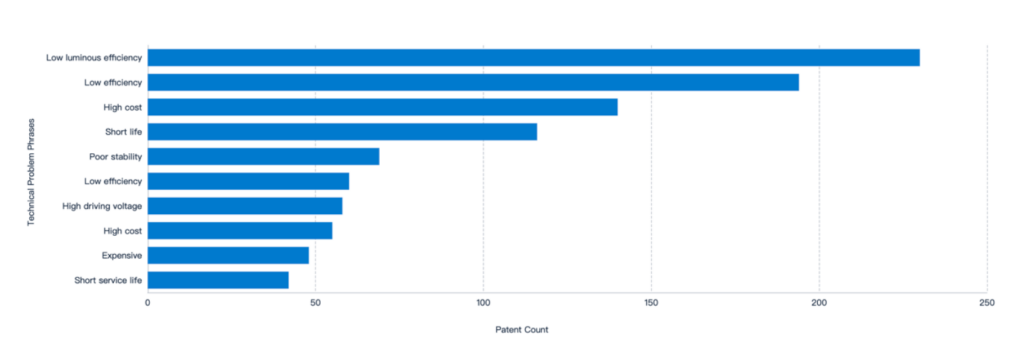Organic Semiconductors: New Advances, Apps, & Prospects
Organic semiconductors have generated considerable interest in recent years due to their unique properties and potential applications in a wide range of industries. Unlike traditional inorganic semiconductors, organic semiconductors are composed of carbon-based molecules, offering advantages such as flexibility, lightweight, and lower production costs.
This article explores recent advances in organic semiconductor research, their emerging applications, and the future prospects of this rapidly evolving field.
Recent Advances in Organic Semiconductors
Significant progress has been made in recent years in understanding the properties and performance of organic semiconductors. Researchers have developed new materials with improved charge carrier mobility, which is a critical factor in determining the efficiency of organic semiconductor-based devices. Furthermore, advancements in fabrication techniques have enabled the production of high-quality organic semiconductor films with fewer defects and enhanced stability.

New strategies for molecular design have also contributed to the development of organic semiconductors with enhanced performance and functionality. For example, the introduction of non-fullerene acceptors in organic solar cells has led to a significant improvement in power conversion efficiency.

Emerging Applications of Organic Semiconductors
Organic semiconductors have found numerous applications in various industries due to their unique properties. Some of the most promising applications include:
Flexible and Wearable Electronics: The inherent flexibility and lightweight nature make them ideal candidates for flexible and wearable electronic devices. Examples include flexible displays, sensors, and energy-harvesting devices.

Organic Light Emitting Diodes (OLEDs): Organic semiconductors are widely used in OLED technology, enabling the production of high-resolution, energy-efficient, and thin displays for smartphones, televisions, and lighting applications.

Organic Photovoltaics (OPVs): Organic solar cells offer a cost-effective and lightweight alternative to traditional silicon-based solar cells. Recent advancements in OPV technology have resulted in improved power conversion efficiencies and stability, making them a viable option for solar energy applications.

Future Prospects of Organic Semiconductors
As research and development continues to progress, several promising avenues have emerged for the future of this field:
- Biocompatible and Biodegradable Electronics: Organic semiconductors have potential applications in biocompatible and biodegradable electronics, offering a sustainable and eco-friendly alternative to conventional electronic devices. These materials can be used for implantable medical devices, temporary sensors, or even transient electronics that dissolve or degrade over time.
- Internet of Things (IoT) Devices: The lightweight and flexible nature of organic semiconductors make them suitable for IoT applications, where low-cost, energy-efficient, and compact devices are required. This could lead to the development of innovative IoT devices, such as smart packaging, environmental monitoring sensors, and wearable electronics.
- Tandem and Multi-Junction Solar Cells: To further enhance the performance of organic solar cells, researchers are exploring tandem and multi-junction architectures that combine different materials with complementary absorption spectra. This approach has the potential to significantly increase the power conversion efficiency of organic photovoltaics.
Closing Thoughts
Organic semiconductors have come a long way in recent years, with significant advances in materials development, fabrication techniques, and device performance. As a result, they have found a wide range of applications, including flexible and wearable electronics, OLEDs, and organic photovoltaics.
The future looks promising, with emerging applications in biocompatible and biodegradable electronics, IoT devices, and advanced solar cell architectures. Continued research and development in this field have the potential to revolutionize the semiconductor industry and pave the way for a more sustainable and innovative future.